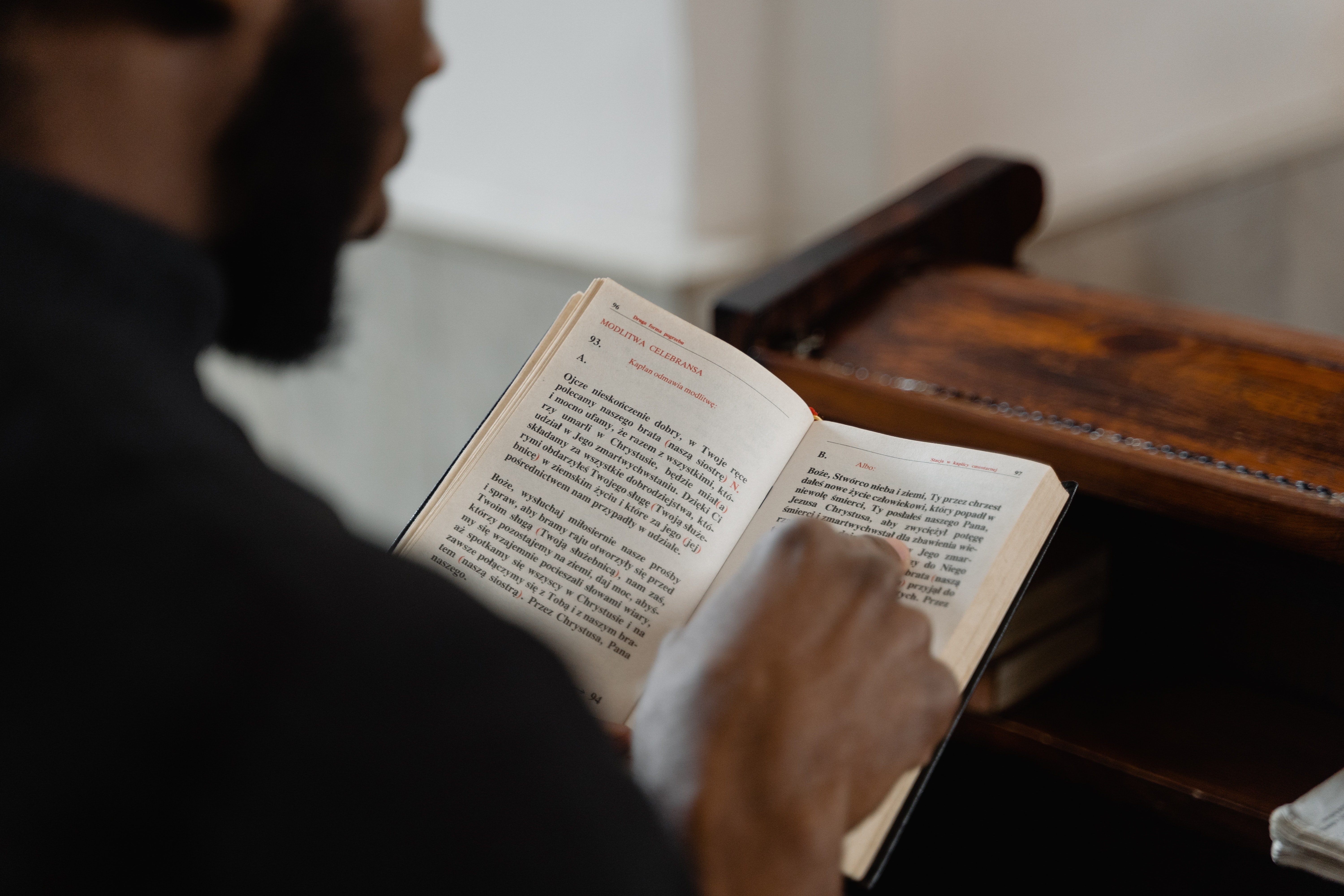
By Stacy M. Brown, NNPA Newswire Senior National Correspondent
Research from the Public Religion Research Institute (PRRI) has found that the religious landscape of the United States has changed a lot in the last few decades.
Researchers say the United States is becoming less religious, more diverse, and politically divided, leading to significant cultural changes.
Also, churches have returned to in-person services after the COVID-19 pandemic.
They are dealing with the continuing consequences of other significant events, such as national protests for racial justice, a divisive 2020 presidential election that led to a deadly uprising at the U.S. Capitol, and renewed state legislative battles over reproductive and LGBTQ rights.
The new survey examined how religious people in the U.S. act in this uncertain culture and political climate.
PRRI analyzed religious affiliation trends, the significance of religion in Americans’ lives, and how frequently they attend spiritual events and engage in prayer.
They also looked at trends in “switching” religions, which means leaving one faith for another, and considered why Americans do this.
According to a separate survey by NORC at the University of Chicago, 50% of Americans expressed uncertainty about the existence of God.
That’s less than in 2008, when it was 60%.
PRRI said that in 2022, 27% of Americans said they didn’t believe in any faith, up from 19% in 2012 and 16% in 2006.
According to the study, the remaining 6% of Americans who follow other religions have stayed the same over the past few years.
Individuals who identify as Jewish, Muslim, Hindu, Buddhist, Unitarian Universalist, or from any other world religion are a part of this group.
“The past three years were a period of great trial and change for the United States. Understanding how these times affected Americans’ thoughts, beliefs, and opinions is critical to understanding social change,” René Bautista, director of the GSS and associate director of Methodology and Quantitative Social Sciences at NORC, related in a news release.
Researchers found that many Americans practice more than one religion, and nearly one in five (19%) consider themselves “a follower of the teachings or practices of more than one religion.”
Followers of non-Christian religions (26%) are the most likely to be multi-religious, followed by Hispanic Catholics (24%), white mainline/non-evangelical Protestants (24%), and Protestants of color (16%).
White evangelical Protestants (18%) and Protestants of color (16%) are the least likely to follow the teachings of multiple religions.
Aside from weddings and funerals, more than 40% of Americans said they went to religious events “at least a few times a year” in 2022.
More than four in ten Americans said they went to religious services at least a few times a year, not including weddings and funerals.
Seven percent said they went more than once a week, 16% said they went once a week, seven percent went once or twice a month, and 13% said they went a few times a year.
Most Americans say they rarely (28%) or never (29%) go to religious services, according to the PRRI study.
In 2019 and 2013, most Americans said they attended religious services more than once a week (9% and 11%), once a week (19% and 20%), once or twice a month (both 9%), or a few times a year (17% and 16%).
About four in ten said they rarely went (21% and 22%) or never (24% and 21%).
“The COVID-19 pandemic is most likely a factor in these shifts,” researchers said.

